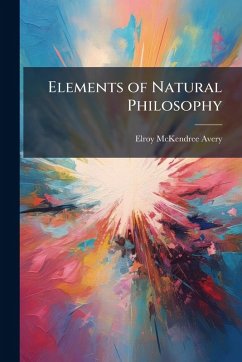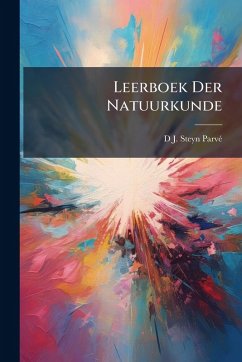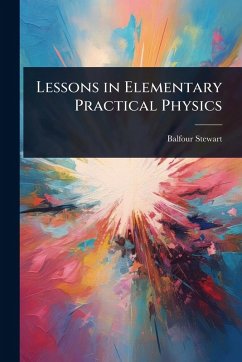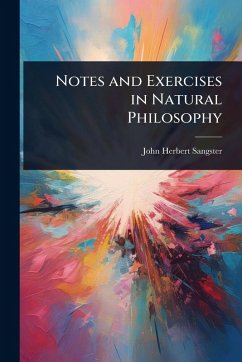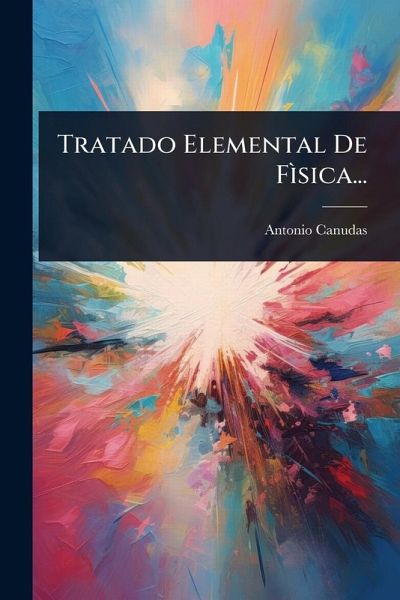
Tratado Elemental De Fìsica...

PAYBACK Punkte
12 °P sammeln!
Tratado Elemental De FÃ-sica, by Antonio Canudas, presents a comprehensive introduction to physics in Spanish. Designed as a textbook, it systematically explores the fundamental principles of classical physics, offering students and educators a structured approach to understanding physical concepts. The book's enduring value lies in its clear exposition and methodical presentation, making it a valuable resource for Spanish-speaking students seeking a solid foundation in physics. This treatise remains relevant for its historical context and contribution to physics education in the Spanish lang...
Tratado Elemental De FÃ-sica, by Antonio Canudas, presents a comprehensive introduction to physics in Spanish. Designed as a textbook, it systematically explores the fundamental principles of classical physics, offering students and educators a structured approach to understanding physical concepts. The book's enduring value lies in its clear exposition and methodical presentation, making it a valuable resource for Spanish-speaking students seeking a solid foundation in physics. This treatise remains relevant for its historical context and contribution to physics education in the Spanish language. This work has been selected by scholars as being culturally important, and is part of the knowledge base of civilization as we know it. This work was reproduced from the original artifact, and remains as true to the original work as possible. Therefore, you will see the original copyright references, library stamps (as most of these works have been housed in our most important libraries around the world), and other notations in the work. This work is in the public domain in the United States of America, and possibly other nations. Within the United States, you may freely copy and distribute this work, as no entity (individual or corporate) has a copyright on the body of the work. As a reproduction of a historical artifact, this work may contain missing or blurred pages, poor pictures, errant marks, etc. Scholars believe, and we concur, that this work is important enough to be preserved, reproduced, and made generally available to the public. We appreciate your support of the preservation process, and thank you for being an important part of keeping this knowledge alive and relevant.




